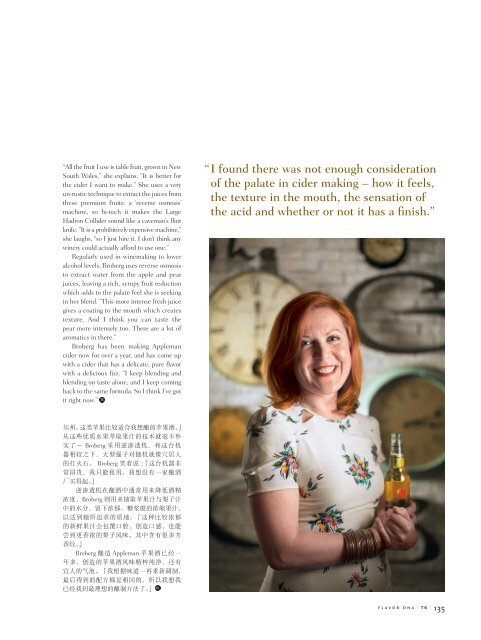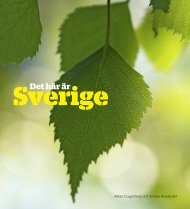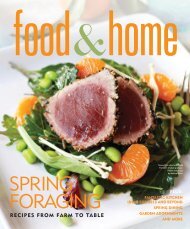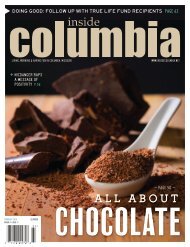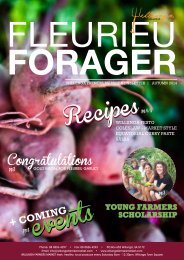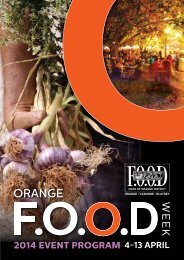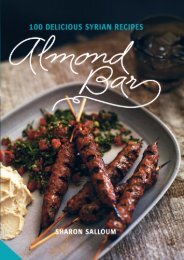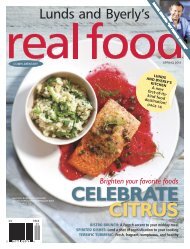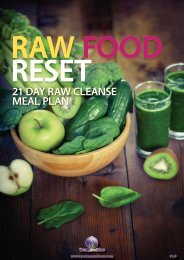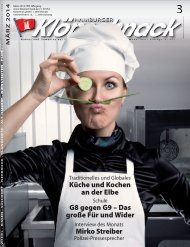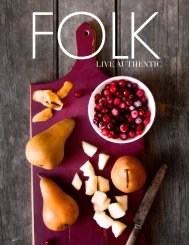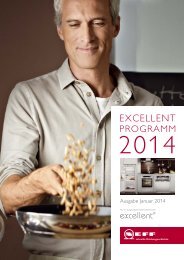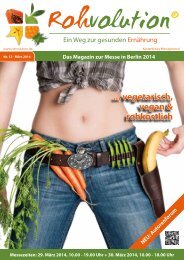Tasting Kitchen
Welcome to Tasting Kitchen. Season’s Greetings – or should I say Seasonings Greetings! This holiday TK issue is full of spices and flavorings. We talk to four talented and ambitious chefs about the flavor profile – or Flavor DNA – of dishes from India, Sichuan, Vietnam and the Isaan region of Thailand. Think cardamom, black salt and saffron, red peppercorns, red chilies and green chilies, dill, Kaffir lime, lemongrass, coriander, galangal and turmeric. We take a look at spices in history, and how even back in the Middle Ages savvy marketers knew the value of a good story. Spice merchants claimed that birds used cinnamon sticks to make giant nests in the cliffs above beaches in India, which “cinnamon hunters” then plotted to obtain. Today India is still associated with the world’s best spices. In this issue, for our first Tasting Destinations feature, TK’s Director of Photography David Hartung and Senior Writer Lucy Morgan traveled to Old Delhi to visit the world’s largest spice market and to New Delhi to visit one of the world’s top restaurants for modern Indian cuisine. One of our featured wines is the peppery Austrian Grüner Veltliner. We also talk to a New Zealand Wine Master about what makes great wine great, and to a leading French Champagne Chef de Cave about the value of patience and restraint. There are also some crabs running loose in the issue. A master chef in Macau shares his recipe for Quinoa Lobster Salad while five more from Hong Kong and Singapore share their favorite crab dishes and culinary musings. Happy Holidays,
Welcome to Tasting Kitchen.
Season’s Greetings – or should I say
Seasonings Greetings!
This holiday TK issue is full of spices and
flavorings.
We talk to four talented and ambitious
chefs about the flavor profile – or Flavor DNA
– of dishes from India, Sichuan, Vietnam and
the Isaan region of Thailand. Think cardamom,
black salt and saffron, red peppercorns, red
chilies and green chilies, dill, Kaffir lime,
lemongrass, coriander, galangal and turmeric.
We take a look at spices in history, and
how even back in the Middle Ages savvy marketers knew the value of a good story.
Spice merchants claimed that birds used cinnamon sticks to make giant nests in the
cliffs above beaches in India, which “cinnamon hunters” then plotted to obtain.
Today India is still associated with the world’s best spices. In this issue, for
our first Tasting Destinations feature, TK’s Director of Photography David Hartung
and Senior Writer Lucy Morgan traveled to Old Delhi to visit the world’s largest
spice market and to New Delhi to visit one of the world’s top restaurants for modern
Indian cuisine.
One of our featured wines is the peppery Austrian Grüner Veltliner. We also
talk to a New Zealand Wine Master about what makes great wine great, and to a
leading French Champagne Chef de Cave about the value of patience and restraint.
There are also some crabs running loose in the issue. A master chef in Macau
shares his recipe for Quinoa Lobster Salad while five more from Hong Kong and
Singapore share their favorite crab dishes and culinary musings.
Happy Holidays,
Create successful ePaper yourself
Turn your PDF publications into a flip-book with our unique Google optimized e-Paper software.
“All the fruit I use is table fruit, grown in New<br />
South Wales,” she explains. “It is better for<br />
the cider I want to make.” She uses a very<br />
un-rustic technique to extract the juices from<br />
these premium fruits: a ‘reverse osmosis’<br />
machine, so hi-tech it makes the Large<br />
Hadron Collider sound like a caveman’s flint<br />
knife. “It is a prohibitively expensive machine,”<br />
she laughs, “so I just hire it. I don’t think any<br />
winery could actually afford to use one.”<br />
Regularly used in winemaking to lower<br />
alcohol levels, Broberg uses reverse osmosis<br />
to extract water from the apple and pear<br />
juices, leaving a rich, syrupy fruit reduction<br />
which adds to the palate feel she is seeking<br />
in her blend. “This more intense fresh juice<br />
gives a coating to the mouth which creates<br />
texture. And I think you can taste the<br />
pear more intensely too. There are a lot of<br />
aromatics in there.”<br />
Broberg has been making Appleman<br />
cider now for over a year, and has come up<br />
with a cider that has a delicate, pure flavor<br />
with a delicious fizz. “I keep blending and<br />
blending on taste alone, and I keep coming<br />
back to the same formula. So I think I’ve got<br />
it right now.”<br />
“ I found there was not enough consideration<br />
of the palate in cider making – how it feels,<br />
the texture in the mouth, the sensation of<br />
the acid and whether or not it has a finish.”<br />
尔 州 。 这 类 苹 果 比 较 适 合 我 想 酿 的 苹 果 酒 。」<br />
从 这 些 优 质 水 果 萃 取 果 汁 的 技 术 就 毫 不 朴<br />
实 了 - Broberg 采 用 逆 渗 透 机 , 和 这 台 机<br />
器 相 较 之 下 , 大 型 强 子 对 撞 机 就 像 穴 居 人<br />
的 打 火 石 。 Broberg 笑 着 说 :「 这 台 机 器 非<br />
常 昂 贵 , 我 只 能 租 用 。 我 想 没 有 一 家 酿 酒<br />
厂 买 得 起 。」<br />
逆 渗 透 机 在 酿 酒 中 通 常 用 来 降 低 酒 精<br />
浓 度 ,Broberg 则 用 来 抽 取 苹 果 汁 与 梨 子 汁<br />
中 的 水 分 , 留 下 浓 郁 、 糖 浆 般 的 浓 缩 果 汁 ,<br />
以 达 到 她 所 追 求 的 质 地 。 「 这 种 比 较 浓 郁<br />
的 新 鲜 果 汁 会 包 覆 口 腔 , 创 造 口 感 , 也 能<br />
尝 到 更 香 浓 的 梨 子 风 味 。 其 中 含 有 很 多 芳<br />
香 烃 。」<br />
Broberg 酿 造 Appleman 苹 果 酒 已 经 一<br />
年 多 , 创 造 的 苹 果 酒 风 味 精 粹 纯 净 , 还 有<br />
宜 人 的 气 泡 。 「 我 根 据 味 道 一 再 重 新 调 制 ,<br />
最 后 得 到 的 配 方 都 是 相 同 的 , 所 以 我 想 我<br />
已 经 找 到 最 理 想 的 酿 制 方 法 了 。」<br />
flavor dna | TK | 135


